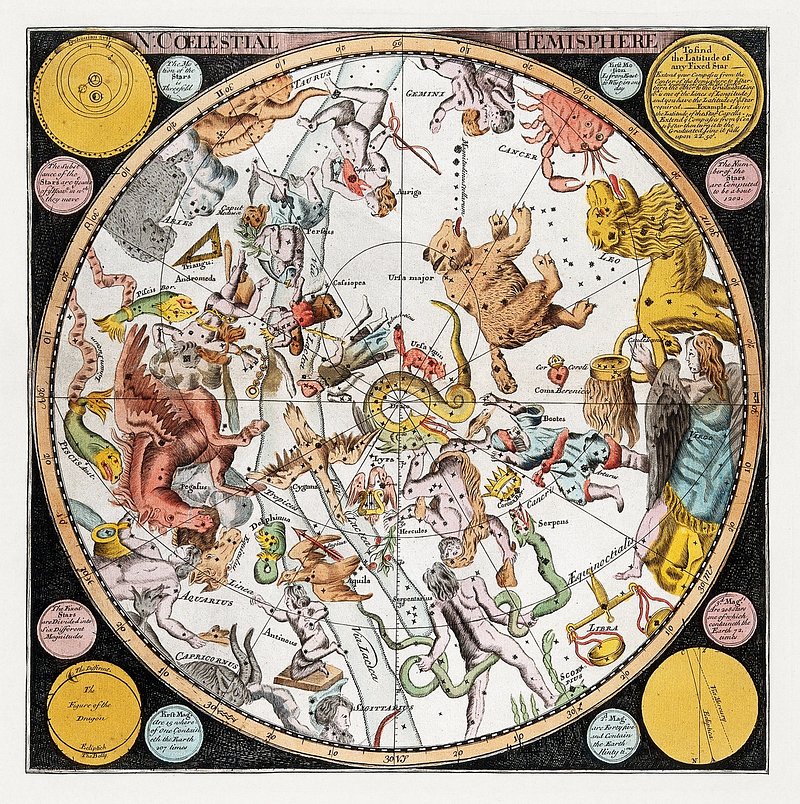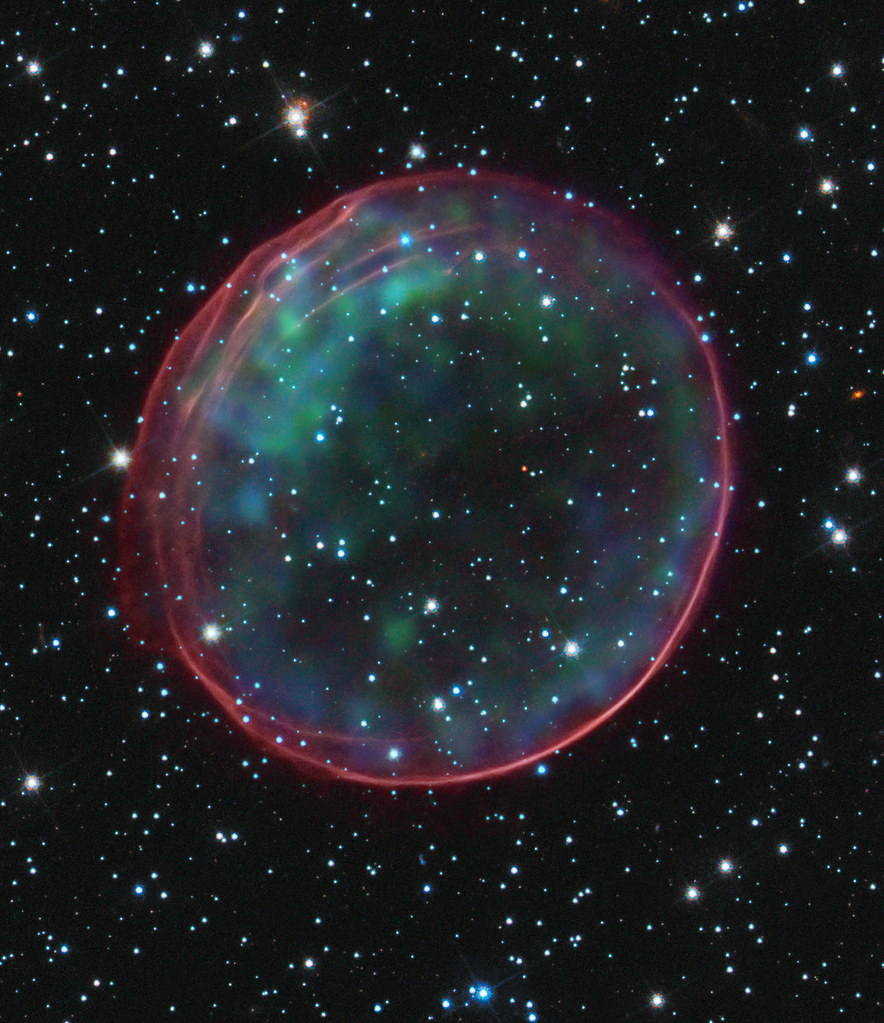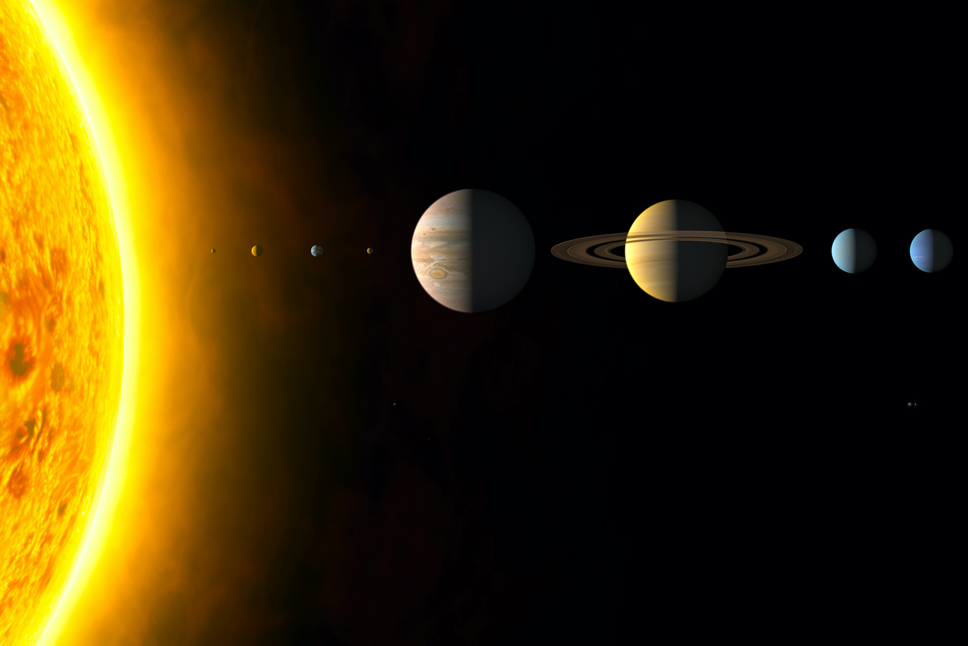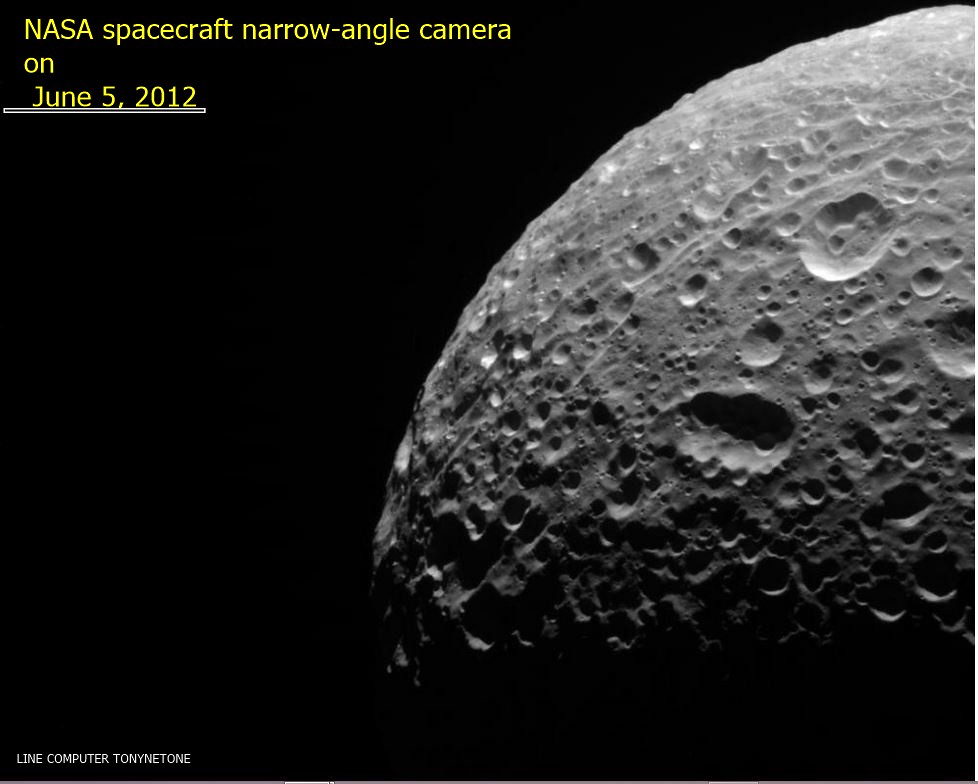
Have you ever looked up at the night sky and felt a profound sense of wonder? Those twinkling lights, seemingly fixed points in the vast darkness, are actually colossal cosmic furnaces, each with its own incredible story. From their mysterious beginnings in swirling clouds of gas and dust to their spectacular, sometimes violent, finales, stars are the universe’s most dramatic actors.
But what exactly *are* these celestial powerhouses, and how do they embark on their epic journeys? We often take them for granted, perhaps only associating them with constellations or the warmth of our own Sun. However, there’s a universe of complexity and breathtaking processes hidden within each radiant orb, shaping not only the cosmos but also the very elements that make up everything around us.
In this first part of our exploration, we’re going to pull back the curtain on these luminous giants. We’ll delve into the fundamental definition of a star, marvel at their sheer abundance, trace their life cycles from stellar nurseries to their most active phases, and witness the incredible, often explosive, transformations that mark their middle ages. Prepare to have your mind expanded as we journey through the lives of the universe’s most radiant residents.

1. **Defining a Star: What Makes a Celestial Body Truly Stellar?**When we talk about a star, we’re not just referring to any old shiny object in space. The core definition is quite specific: “A star is a luminous spheroid of plasma held together by self-gravity.” Imagine a giant, glowing ball of superheated gas, so massive that its own gravitational pull keeps it from flying apart. That’s essentially what a star is, with our very own Sun serving as the closest and most familiar example.
This ‘plasma’ isn’t just regular gas; it’s an ionized state of matter where electrons have been stripped from their atoms due to extreme temperatures. This allows for the incredible energy-generating processes that define a star. The immense pressure and heat within the core are what make these spheroids luminous and powerful, truly earning their title as ‘large self-illuminated objects in space.’
The fundamental nature of these objects is what makes them so crucial to the universe. They are not merely distant lights but active participants in the cosmic dance, constantly undergoing internal processes that defy imagination. Their self-gravity is the master architect, shaping them into spheres and keeping their fiery hearts contained.

2. **Cosmic Abundance and Our Glimpse of the Stars**Prepare for a number that will truly make your head spin. Astronomers estimate that the observable universe contains an astonishing “10^22 to 10^24 stars.” To put that into perspective, that’s “more stars than all the grains of sand on planet Earth.” It’s a figure that underscores the unfathomable scale of the cosmos, making our local neighborhood feel incredibly small.
Yet, despite this mind-boggling abundance, our human eyes can only perceive a tiny fraction of them. On a clear night, without light pollution, we can typically see “only about 4,000 of these stars.” And here’s the kicker: “all within the Milky Way galaxy.” The vast majority of stars are simply too far away for their light to reach us with enough intensity to be individually discernible to the eye.
Those thousands of stars we admire at night are just the nearest neighbors in our galactic backyard. Their “immense distances from Earth make them appear as fixed points of light,” tiny pins in the fabric of space, belying their true nature as colossal, dynamic entities. It’s a humbling thought, isn’t it?
Read more about: Beyond the Crowds: Discovering America’s 14 Most Underrated National Parks for an Unforgettable Adventure

3. **The Stellar Life Cycle: From Cosmic Dust to Celestial Remnants**Every star embarks on an epic journey, a “life” cycle that can span billions or even trillions of years. This incredible saga “begins with the gravitational collapse of a gaseous nebula,” a vast cloud of material predominantly made up of hydrogen and helium, with mere traces of heavier elements. It’s truly a story of humble beginnings leading to spectacular ends.
The defining characteristic of a star’s active life is its internal engine: “the thermonuclear fusion of hydrogen into helium in its core.” This isn’t just a gentle burn; it’s a powerful atomic process that “releases energy that traverses the star’s interior and radiates into outer space,” giving stars their characteristic luminosity and warmth. This is why they shine so brilliantly across the cosmos.
However, all good things must come to an end. At some point, “fusion ceases,” and the star’s core transforms into a “stellar remnant.” What kind of remnant it becomes depends entirely on the star’s initial mass. It could be “a white dwarf, a neutron star, or—if it is sufficiently massive—a black hole,” each a fascinating object in its own right, marking the conclusion of one stellar life.
But the story doesn’t quite end there for the universe. “Stellar nucleosynthesis in stars or their remnants creates almost all naturally occurring chemical elements heavier than lithium.” This means that stars are the cosmic foundries, forging the very building blocks of planets and, well, us! “Stellar mass loss or supernova explosions return chemically enriched material to the interstellar medium,” which is then “recycled into new stars,” continuing the grand cycle of creation.
Read more about: From Blazing Icons to Fading Whispers: 12 Celestial Stars’ Incredible Journey Through the Cosmos
4. **The Cradle of Stars: Where Cosmic Giants Are Born**The formation of a star is a truly breathtaking process, starting with what seems like nothing more than a whisper in the cosmic void. It all kicks off with “gravitational instability within a molecular cloud,” which is essentially a region of space with a slightly higher density of matter. These instabilities aren’t random; they’re often “triggered by compression of clouds by radiation from massive stars, expanding bubbles in the interstellar medium, the collision of different molecular clouds, or the collision of galaxies.”
As these triggers exert their influence, a region within the cloud starts to reach “a sufficient density of matter to satisfy the criteria for Jeans instability.” At this critical point, gravity takes over, and the region “begins to collapse under its own gravitational force.” This inward pull creates individual clumps of dense dust and gas, often referred to as “Bok globules,” which are the embryonic stages of future stars.
With continued collapse, the density dramatically increases, and the gravitational energy is “converts into heat,” causing the temperature to rise dramatically. Eventually, a “protostar forms at the core” once the cloud reaches a stable condition known as hydrostatic equilibrium. These “pre-main-sequence stars are often surrounded by a protoplanetary disk,” a swirling disc of material where planets can eventually form, and are primarily “powered mainly by the conversion of gravitational energy” as they continue to contract.
This gravitational contraction isn’t a blink-and-you-miss-it event; it can last “about 10 million years for a star like the sun” and even “up to 100 million years for a red dwarf.” During these early stages, stars less massive than 2 solar masses are known as “T Tauri stars,” while their more massive counterparts are called “Herbig Ae/Be stars.” These young stars are quite active, often “emit jets of gas along their axis of rotation,” which play a crucial role in reducing the star’s angular momentum.
These energetic jets can sometimes create small, luminous patches of nebulosity known as “Herbig–Haro objects,” visible markers of ongoing star formation. In conjunction with radiation from nearby massive stars, these jets also help to “drive away the surrounding cloud from which the star was formed,” clearing the way for the nascent star to truly shine. Less massive T Tauri stars follow the “Hayashi track” as they contract, while more massive stars take a different route on the “Henyey track,” showcasing the diverse paths stars take even in their infancy.
Read more about: Unpacking the Cosmos: 14 Mind-Blowing Facts About Stars, From Their Fiery Births to Cosmic Demise

5. **Main Sequence: The Longest Chapter of a Star’s Life**Once a star has successfully navigated its tumultuous birth, it settles into the longest and most stable phase of its existence: the main sequence. This is where the magic happens, where stars truly earn their stripes. “Stars spend about 90% of their lifetimes fusing hydrogen into helium in high-temperature-and-pressure reactions in their cores,” a process that makes them stable and luminous. These stars are often affectionately called “dwarf stars,” even if they’re much larger than Earth.
During its main sequence tenure, a star undergoes a slow but steady transformation. “Starting at zero-age main sequence, the proportion of helium in a star’s core will steadily increase.” This increase leads to a subtle but significant change: “the rate of nuclear fusion at the core will slowly increase, as will the star’s temperature and luminosity.” Our own Sun is a perfect example, estimated to have “increased in luminosity by about 40% since it reached the main sequence 4.6 billion (4.6×10^9) years ago.” Imagine, our star has gotten significantly brighter over its lifetime!
Stars also generate a “stellar wind of particles,” a continual outflow of gas into space. For most stars, like our Sun, this “mass lost is negligible”; the Sun “loses 10^-14 M☉ every year, or about 0.01% of its total mass over its entire lifespan.” However, this isn’t true for all stars. “Very massive stars can lose 10^-7 to 10^-5 M☉ each year, significantly affecting their evolution.” Some truly enormous stars, those that “begin with more than 50 M☉, can lose over half their total mass while on the main sequence,” dramatically altering their destiny.
The duration a star spends on the main sequence is primarily a balancing act between “the amount of fuel it has and the rate at which it fuses it.” The Sun is expected to enjoy a main sequence life of “10 billion (10^10) years.” In contrast, “Massive stars consume their fuel very rapidly and are short-lived.” On the other end of the spectrum, “Low mass stars consume their fuel very slowly.” The smallest stars, those less massive than “0.25 M☉, called red dwarfs, are able to fuse nearly all of their mass” and can last for an astonishing “about one trillion (10×10^12) years.” The most extreme red dwarfs, at “0.08 M☉, will last for about 12 trillion years,” a lifespan far exceeding the current age of the universe.
Beyond just mass, a star’s chemical composition plays a pivotal role in its evolution. Astronomers lump “all elements heavier than helium ‘metals'” and refer to their concentration as “metallicity.” A star’s metallicity can have a profound “influence the time the star takes to burn its fuel” and even “controls the formation of its magnetic fields,” which in turn “affects the strength of its stellar wind.” This also explains why older “population II stars have substantially less metallicity than the younger, population I stars,” as the universe becomes increasingly enriched with heavier elements over cosmic time, thanks to the deaths of previous stellar generations.
Read more about: Celestial Luminaries: An In-Depth Journey Through the Extraordinary Lives of Stars
6. **Post-Main Sequence: The Dramatic Transformation into Red Giants and Beyond**Once a star has exhausted the hydrogen fuel in its core, its stable main sequence life comes to an end, leading to some of the most dramatic transformations in the cosmos. For stars “of at least 0.4 M☉,” this means a significant shift: “they start to fuse hydrogen in a shell surrounding the helium core.” This new energy source causes the star’s “outer layers to expand and cool greatly as they transition into a red giant.” It’s a truly spectacular expansion, making the star much larger and redder.
During this red giant phase, stars become cosmic distributors. In many cases, “they will fuse heavier elements at the core or in shells around the core.” As they expand, they “throw part of their mass, enriched with those heavier elements, into the interstellar environment, to be recycled later as new stars.” Our own Sun, in about “5 billion years, when it enters the helium burning phase, will expand to a maximum radius of roughly 1 astronomical unit (150 million kilometres), 250 times its present size, and lose 30% of its current mass.” Talk about a growth spurt!
As the hydrogen-burning shell continues to operate, the helium core inside grows in both mass and temperature. For a red giant up to “2.25 M☉,” this helium core becomes ‘degenerate’ before helium fusion ignites. When the temperature finally climbs high enough, “core helium fusion begins explosively in what is called a helium flash,” a brief but intense burst of energy. Following this, the star rapidly “shrinks in radius, increases its surface temperature, and moves to the horizontal branch of the HR diagram.” For more massive stars, helium core fusion commences without a flash, and they spend time in the “red clump” before moving to the horizontal branch.
After exhausting the helium in its core, a star enters another distinct phase: “it begins fusing helium along a shell surrounding the hot carbon core.” This new arrangement leads the star to follow an “evolutionary path called the asymptotic giant branch (AGB),” which is quite similar to the earlier red-giant phase but with a much “higher luminosity.” More massive AGB stars might even “undergo a brief period of carbon fusion” before their core becomes degenerate.
One of the most remarkable aspects of the AGB phase is the occurrence of “thermal pulses due to instabilities in the core of the star.” During these pulses, the star’s “luminosity varies and matter is ejected from the star’s atmosphere, ultimately forming a planetary nebula.” A significant portion of the star, “as much as 50 to 70% of a star’s mass, can be ejected in this mass loss process.” Critically, this ejected material is “enriched with the fusion products dredged up from the core,” such as “carbon and oxygen.” This material then disperses, “enriching the general interstellar medium,” truly confirming the adage that “future generations of stars are made of the ‘star stuff’ from past stars.”
Read more about: The Enduring Saga of Stars: From Nebulous Origins to Cosmic Remnants

7. **The Grand Finale: The Explosive Lives and Deaths of Massive Stars**While all stars undergo dramatic transformations, massive stars, those “of more than 9 solar masses,” take stellar evolution to a whole new level of grandeur and violence. During their helium-burning phase, these colossal entities first “expand to form a blue supergiant and then a red supergiant.” These are some of the largest stars in the universe, true titans of the cosmos.
However, not all massive stars become red supergiants. “Particularly massive stars (exceeding 40 solar masses, like Alnilam, the central blue supergiant of Orion’s Belt) do not become red supergiants due to high mass loss.” Instead, they “may instead evolve to a Wolf–Rayet star,” a rare and exotic type characterized by “spectra dominated by emission lines of elements heavier than hydrogen.” These elements reach the surface due to intense convection and extreme mass loss, or from the stripping away of their outer layers.
As helium is depleted in the core of a massive star, the core continues to contract, and the temperature and pressure surge, becoming sufficient “to fuse carbon.” This incredible process doesn’t stop there. “This process continues, with the successive stages being fueled by neon, oxygen, and silicon.” What results is an awe-inspiring internal structure, with “fusion continuing along a series of onion-layer shells within a massive star.” Each shell is fusing a different element, creating a complex, layered inferno with hydrogen on the outermost shell, helium next, and so on.
But there’s a limit to this cosmic alchemy. The “final stage occurs when a massive star begins producing iron.” This is the critical turning point because “iron nuclei are more tightly bound than any heavier nuclei.” What does this mean? It means that “any fusion beyond iron does not produce a net release of energy.” Instead, it *consumes* energy, effectively starving the star’s core and setting the stage for its ultimate, catastrophic collapse.
Adding another layer of drama, “Some massive stars, particularly luminous blue variables, are very unstable to the extent that they violently shed their mass into space in events known as supernova impostors,” becoming significantly brighter in the process. The famous “Eta Carinae is known for having undergone a supernova impostor event, the Great Eruption, in the 19th century,” a stark reminder that even before their final demise, massive stars can put on quite a show.
Read more about: Unpacking the Cosmos: 14 Mind-Blowing Facts About Stars, From Their Fiery Births to Cosmic Demise

8. **Stellar Remnants: The Eerie Aftermath of Cosmic Lives**After a star has spent billions of years burning bright, performing its cosmic duties, it eventually exhausts its nuclear fuel. But the story doesn’t just end there with a fizzle! What’s left behind is a fascinating, often extreme, stellar remnant, whose nature is entirely dictated by the star’s initial mass. These cosmic leftovers are some of the most intriguing objects in the universe, silent testaments to lives lived on a truly epic scale.
For stars that started out with less than roughly 1.4 times the mass of our Sun, the journey culminates in a white dwarf. Imagine a tiny, super-dense object, about the size of Earth, that’s what a white dwarf is. Once its outer atmosphere has been shed, often forming a beautiful planetary nebula, the core shrinks down. This electron-degenerate matter, no longer a plasma, is stable and simply cools down over an incredibly long period, eventually fading into a theoretical ‘black dwarf’ that is yet to be observed given the universe’s age.
Now, if a star was truly massive – starting with over 9 solar masses – its demise is far more dramatic, ending in something far more exotic. After fusing elements all the way up to iron, which consumes rather than releases energy, the core can no longer support itself. It collapses catastrophically, driving electrons into protons to form neutrons, neutrinos, and gamma rays in a flash, creating a shockwave that rips the rest of the star apart in a glorious supernova explosion.
What remains after such a cataclysm? If the leftover core is between about 1.4 and 4 solar masses, it’s compressed into an incredibly dense neutron star. These are astonishing objects, sometimes observed as pulsars or X-ray bursters, where matter is in a state of ‘neutron-degenerate matter.’ But if the original star was truly colossal, leaving a remnant greater than 4 solar masses, then the gravitational pull is so immense that nothing, not even light, can escape: a black hole is born. Talk about a grand finale!
9. **Binary and Multi-Star Systems: Cosmic Duets and Ensembles**While we often picture stars as solitary giants, isolated in the vastness of space, the truth is far more complex and social! Many stars don’t fly solo; they form intricate orbital systems with other astronomical objects, including planets, but most commonly with other stars. These ‘star systems’ can range from simple binary stars – two stars orbiting each other – to much more complex ensembles of three or more, engaged in a cosmic dance that’s anything but simple.
These gravitational partnerships are not just pretty to look at; they can profoundly influence a star’s evolution. When stars in a binary system are close enough, their gravitational interaction can lead to incredible phenomena. One star might expand and overflow its ‘Roche lobe,’ a region where its material is gravitationally bound. When this happens, mass can actually transfer to its companion, creating contact binaries, common-envelope binaries, or even leading to spectacular events like cataclysmic variables and Type Ia supernovae.
This mass transfer can even lead to peculiar situations like the ‘Algol paradox,’ where the more evolved star in a binary system is actually the least massive! It’s a testament to how these close encounters can completely rewrite a star’s destiny. The ongoing study of binary and higher-order star systems is intensely researched, as astronomers have found that around half of Sun-like stars and an even higher proportion of more massive stars, are born in multiple systems.
It’s believed that these multi-star origins play a huge role in phenomena like novae and supernovae, and in enriching space with the heavy elements forged through nucleosynthesis. While very massive O and B class stars almost always have companions (around 80% do!), the proportion of single stars increases for less massive ones. For example, only about 25% of red dwarfs have stellar companions, meaning that with red dwarfs making up 85% of all stars, over two-thirds of the Milky Way’s stars are likely solitary red dwarfs. Even so, the discovery that most newly formed stars in molecular clouds are binaries suggests that many single stars might actually be the result of broken-up binary systems, leaving lone cosmic wanderers behind.

10. **Early Stargazing: Humanity’s Ancient Connection to the Cosmos**Long before telescopes and advanced physics, humanity looked up at the night sky and found more than just distant lights. Stars have held profound importance for civilizations across the globe for millennia, weaving their way into the very fabric of human culture. They were not merely objects of beauty but vital tools, deeply embedded in religious practices, divination rituals, and the rich tapestries of mythology.
Ancient observers used the stars as practical guides, essential for celestial navigation and orientation, helping intrepid travelers chart their courses across land and sea. Beyond guiding journeys, the regular, predictable patterns of the stars allowed early societies to mark the passage of seasons, which was absolutely crucial for agricultural practices. This fundamental understanding of celestial rhythms helped define calendars, ensuring successful planting and harvesting cycles.
Early astronomers were incredibly astute, even without modern instruments. They quickly recognized the difference between the ‘fixed stars,’ whose positions on the celestial sphere seemed unchanging, and the ‘wandering stars,’ which we now know as planets. These planets moved noticeably against the backdrop of the fixed stars over days or weeks, prompting ancient observers to track their movements meticulously. Many ancient astronomers believed these fixed stars were permanently attached to a heavenly sphere, seen as immutable, a belief that shaped their cosmic understanding for centuries.
To make sense of the vast expanse, prominent stars were grouped into easily recognizable patterns known as asterisms and constellations. These groupings weren’t just for storytelling; they served as a cosmic grid, helping track the motions of the planets and infer the Sun’s position. The Sun’s apparent motion against these background stars, and its relationship to the horizon, became the cornerstone for creating the calendars that regulated agricultural life. Even today, the widely used Gregorian calendar is a solar calendar, rooted in the Earth’s rotational axis relative to our very own star, the Sun.

11. **The Dawn of Stellar Catalogues and Discoveries**The human endeavor to systematically understand the stars led to the creation of the very first star charts and catalogues, marking a monumental step in astronomical history. Imagine the painstaking work involved in charting the heavens before any real technological aids! The oldest accurately dated star chart, a testament to ancient Egyptian astronomy, dates all the way back to 1534 BC, showcasing humanity’s early dedication to celestial mapping.
Building on these early efforts, the ancient Babylonian astronomers of Mesopotamia compiled the earliest known star catalogues in the late 2nd millennium BC during the Kassite Period. These meticulous records were crucial for tracking celestial movements and phenomena. The Greeks, too, made significant contributions, with Aristillus creating the first star catalogue in Greek astronomy around 300 BC, aided by Timocharis. This tradition was carried forward by Hipparchus in the 2nd century BC, whose catalogue included 1,020 stars and formed the basis for Ptolemy’s later works. Hipparchus is also famously credited with the discovery of the first recorded nova, a ‘new star’ appearing where none was before, highlighting that the heavens were not as immutable as once thought. Many constellations and star names we use today have roots in this rich Greek astronomical heritage.
While European astronomers often held to the idea of immutable heavens, Chinese astronomers were, remarkably, aware that new stars could appear. They made history in 185 AD by being the first to observe and document a supernova, now known as SN 185 – a spectacular explosion of a dying star. This was just the beginning of their keen observations, as they also recorded the brightest stellar event in recorded history, the SN 1006 supernova, which was also chronicled by the Egyptian astronomer Ali ibn Ridwan. Even the SN 1054 supernova, responsible for the iconic Crab Nebula, was observed and documented by both Chinese and Islamic astronomers, showcasing a shared global effort in understanding these dramatic cosmic events.
These early observations, often made with the eye, laid the groundwork for future astronomical discoveries. They demonstrated humanity’s innate curiosity and capacity for detailed observation, progressively unraveling the mysteries of the night sky and challenging prevailing beliefs about the unchanging nature of the cosmos. Each catalogue and recorded event was a crucial piece in the ever-growing puzzle of the universe.

12. **Islamic Golden Age and the Renaissance of Stellar Science**The medieval Islamic world truly ushered in a golden age for astronomy, building upon and expanding ancient knowledge with groundbreaking observations and innovations. Islamic astronomers not only preserved but significantly advanced celestial studies, contributing many Arabic names to stars that are still in use today. They were master instrument makers, inventing numerous astronomical tools designed to precisely compute the positions of stars, enhancing the accuracy of their observations.
These brilliant scholars established some of the first large observatory research institutes, primarily dedicated to producing comprehensive ‘Zij’ star catalogues. A shining example of this era is the Persian astronomer Abd al-Rahman al-Sufi’s “Book of Fixed Stars” from 964 AD. This seminal work meticulously cataloged a multitude of stars, along with star clusters like the Omicron Velorum and Brocchi’s Clusters, and even galaxies, notably the Andromeda Galaxy. Imagine observing a galaxy with the eye and recording it over a thousand years ago!
The intellectual curiosity didn’t stop there. In the 11th century, the Persian polymath Abu Rayhan Biruni offered a description of the Milky Way galaxy as a vast collection of nebulous stars, and even measured the latitudes of various stars during a lunar eclipse in 1019. Further adding to the sophisticated understanding of the cosmos, the Andalusian astronomer Ibn Bajjah proposed that the Milky Way was composed of countless stars that appeared as a continuous image due to the effect of refraction from sublunary material, backing his theory with observations of a conjunction between Jupiter and Mars in 1106/1107 AD.
As Europe emerged from its own medieval period, early astronomers like Tycho Brahe continued to identify ‘new stars,’ or novae, in the night sky, echoing the earlier Chinese observations and further challenging the age-old belief in immutable heavens. This growing body of evidence paved the way for revolutionary ideas, with Giordano Bruno suggesting in 1584 that stars were just like our Sun, potentially orbited by other planets, even Earth-like ones. This bold concept, though previously floated by ancient Greek philosophers and medieval Islamic cosmologists, began to gain traction, setting the stage for the scientific revolution to come.

13. **Modern Stellar Astronomy: Unveiling the Universe’s Scale**The centuries that followed the Renaissance brought increasingly rapid and profound advancements in the scientific study of stars, transforming our understanding from philosophical speculation to empirical science. By the 17th century, a consensus was emerging among astronomers: stars were indeed like our Sun. To reconcile this with the lack of a measurable gravitational pull on our Solar System, Isaac Newton, prompted by theologian Richard Bentley, proposed that stars were uniformly distributed in every direction, an ingenious theoretical solution for the time.
Observational techniques became more refined. In 1667, Italian astronomer Geminiano Montanari recorded fascinating variations in the luminosity of the star Algol, hinting at dynamic processes previously unseen. Edmond Halley then published the first measurements of the proper motion of ‘fixed’ stars, proving that they had indeed shifted positions since the days of ancient Greek astronomers like Ptolemy and Hipparchus. This was a monumental realization, confirming that the universe was not static but in constant, albeit slow, motion.
William Herschel, a pioneering astronomer of the 1780s, embarked on the ambitious task of mapping the distribution of stars in the sky. By meticulously counting stars along 600 lines of sight, he deduced that their number steadily increased towards one side of the sky – the direction of the Milky Way core. His son, John Herschel, confirmed this finding in the southern hemisphere. William Herschel also made the crucial discovery that some stars aren’t just visually aligned but are gravitational companions, forming what we now know as binary star systems. The detailed observation of many binary systems by astronomers like Friedrich Georg Wilhelm von Struve and S. W. Burnham later allowed for the actual masses of stars to be determined, a huge leap forward.
The 19th and 20th centuries were an explosion of scientific inquiry. The science of stellar spectroscopy, pioneered by Joseph von Fraunhofer and Angelo Secchi, allowed astronomers to analyze the light from stars and discover differences in their absorption lines, leading Secchi to classify stars into spectral types by 1865, a scheme later refined by Annie J. Cannon. In 1838, Friedrich Bessel achieved the first direct measurement of a star’s distance using parallax, confirming the immense separation of celestial bodies. Theoretical work kept pace with observation, leading to the Hertzsprung-Russell diagram in 1913, which revolutionized the astrophysical study of stars, and Cecilia Payne-Gaposchkin’s groundbreaking 1925 thesis proposing that stars were primarily made of hydrogen and helium. These advancements, coupled with quantum physics, unveiled the universe’s true scale and the intricate workings of its radiant inhabitants.

14. **The Grand Architecture: Star Clusters and Galaxies**When we gaze into the cosmos, it quickly becomes clear that stars don’t just float aimlessly; they are magnificent building blocks in an even grander cosmic architecture. Far from being spread uniformly, stars are typically organized into colossal structures known as galaxies, magnificent islands of stars, gas, and dust. Our own Milky Way is a prime example, a typical large galaxy hosting hundreds of billions of stars, each a luminous beacon in the galactic night.
And the numbers are truly mind-boggling! Astronomers estimate there are more than 2 trillion galaxies in the observable universe, though many are smaller than our Milky Way. When you add it all up, that means there are likely between 10^22 and 10^24 stars across the entire cosmos – a number so vast it’s more stars than all the grains of sand on planet Earth! While most of these stars reside within galaxies, it’s fascinating to note that between 10% and 50% of the starlight in large galaxy clusters can actually come from stars that exist *outside* of any galaxy, adrift in intergalactic space.
Zooming in, stars themselves often form smaller, gravitationally bound groups. We’ve already touched on multi-star systems, with binary stars being the most common, but systems of three or more stars are also quite prevalent. For the sake of orbital stability, these multi-star systems frequently arrange themselves into hierarchical sets of binary pairs, creating complex but stable dances. These stellar families are a testament to the powerful, organizing force of gravity.
Beyond just a few stars, larger groups called star clusters dot the galactic landscape. These range from loose ‘stellar associations’ with just a handful of stars, to ‘open clusters’ containing dozens to thousands, and then to the truly enormous ‘globular clusters’ which can hold hundreds of thousands of stars. All the stars within a particular open or globular cluster typically formed from the same giant molecular cloud, meaning they generally share similar ages and chemical compositions as they orbit their host galaxy. It’s a breathtaking thought: entire cities of stars, born together and moving in concert, painting the universe with their collective glow.
From the humble birth of a star in a swirling cloud of dust to its dramatic demise and beyond, the journey of these cosmic powerhouses is an endless source of wonder. Each point of light in the night sky is a silent storyteller, a testament to the universe’s incredible forces and the profound processes that shape everything we see and are. The more we learn, the more we realize how much more there is to discover in the magnificent ballet of the stars, forever inviting us to look up and ponder our place in their grand design.



